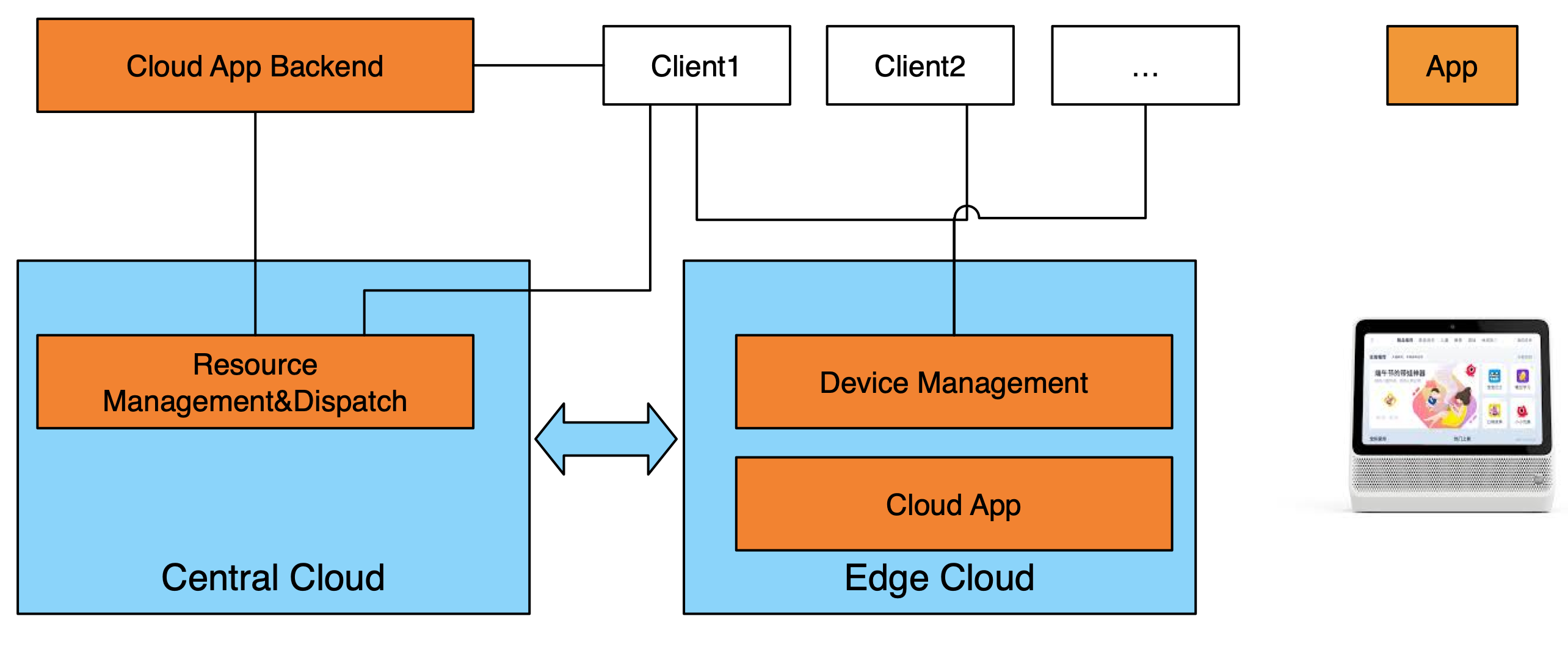In the ever-evolving world of web development, delivering fast, reliable, and scalable applications is more important than ever. One technology that is gaining significant traction in this space is edge computing. Edge computing brings computation and data storage closer to the location where it is needed, reducing latency, improving performance, and enhancing user experiences. As we move further into 2025, edge computing’s is becoming a critical component of modern web development, offering new possibilities for innovation and efficiency.
In this article, we’ll explore the role of edge computing in web development, its key benefits, and how businesses can leverage this technology to stay ahead of the competition.
What is Edge Computing?
Edge computing is a distributed computing paradigm that brings data processing and storage closer to the source of data generation, such as IoT devices, sensors, or end-users. Unlike traditional cloud computing, where data is processed in centralized data centers, edge computing’s processes data at the “edge” of the network, reducing latency and bandwidth usage.
Key characteristics of edge computing’s include:
- Proximity: Data is processed closer to the source, reducing latency.
- Decentralization: Computation is distributed across multiple edge nodes.
- Real-Time Processing: Enables real-time data processing and decision-making.
- Scalability: Supports scalable and flexible architectures.
Why is Edge Computing Important in [2025]?
1. Reduced Latency
Edge computing reduces latency by processing data closer to the source, ensuring faster response times and improved user experiences.
2. Improved Performance
By offloading computation from centralized data centers to edge nodes, edge computing’s improves application performance and reliability.
3. Bandwidth Optimization
Edge computing reduces the amount of data that needs to be transmitted to centralized data centers, optimizing bandwidth usage and reducing costs.
4. Enhanced Security
Processing data at the edge reduces the risk of data breaches and ensures compliance with data privacy regulations.
5. Real-Time Insights
Edge computing enables real-time data processing and decision-making, making it ideal for applications like IoT, gaming, and video streaming.
Key Benefits of Edge Computing’s in Web Development
1. Faster Load Times
Edge computing reduces latency by processing data closer to the user, ensuring faster load times and improved user experiences.
- Content Delivery Networks (CDNs): Use edge nodes to cache and deliver content closer to users.
- Dynamic Content: Process dynamic content at the edge to reduce server load and improve performance.
2. Improved Scalability
Edge computing supports scalable architectures by distributing computation across multiple edge nodes.
- Elastic Scaling: Scale edge nodes based on demand to handle traffic spikes.
- Global Reach: Deploy edge nodes in multiple regions to ensure global coverage.
3. Enhanced Security
Processing data at the edge reduces the risk of data breaches and ensures compliance with data privacy regulations.
- Data Encryption: Encrypt data at the edge to protect it from unauthorized access.
- Compliance: Ensure compliance with regulations like GDPR and CCPA.
4. Real-Time Processing
Edge computing enables real-time data processing and decision-making, making it ideal for applications like IoT, gaming, and video streaming.
- IoT Applications: Process sensor data at the edge for real-time insights.
- Gaming: Reduce latency for real-time multiplayer gaming experiences.
- Video Streaming: Deliver high-quality video content with minimal buffering.
5. Cost-Effectiveness
Edge computing reduces bandwidth usage and server load, optimizing costs and improving resource utilization.
- Bandwidth Optimization: Reduce the amount of data transmitted to centralized data centers.
- Resource Utilization: Optimize resource usage by offloading computation to edge nodes.
How to Implement Edge Computing in Web Development
1. Choose an Edge Computing Platform
Select an edge computing platform that meets your needs. Popular options include:
- AWS Wavelength: Amazon’s edge computing’s platform for 5G networks.
- Google Cloud Edge: Google’s edge computing’s platform for IoT and real-time applications.
- Microsoft Azure Edge Zones: Microsoft’s edge computing’s platform for low-latency applications.
2. Define Edge Nodes
Identify the locations where edge nodes will be deployed. Consider factors like user proximity, network connectivity, and data privacy regulations.
- Regional Deployment: Deploy edge nodes in regions with high user demand.
- Network Connectivity: Ensure edge nodes have reliable network connectivity.
3. Develop Edge Applications
Develop applications that leverage edge computing capabilities. Focus on real-time processing, low-latency communication, and data privacy.
- Real-Time Processing: Implement real-time data processing and decision-making.
- Low-Latency Communication: Optimize communication between edge nodes and centralized data centers.
- Data Privacy: Ensure data is processed and stored securely at the edge.
4. Deploy and Monitor
Deploy your edge applications and monitor their performance. Use monitoring tools to track metrics like latency, throughput, and error rates.
- Deployment Tools: Use tools like AWS IoT Greengrass or Google Cloud IoT Edge to deploy edge applications.
- Monitoring Tools: Use tools like AWS CloudWatch or Google Cloud Monitoring to monitor edge node performance.
5. Optimize and Iterate
Continuously optimize your edge applications based on performance data and user feedback. Iterate and improve your applications over time.
- Performance Optimization: Optimize edge node configurations and application code for better performance.
- Feedback Loops: Gather feedback from users and stakeholders to drive improvements.

Real-World Examples of Edge Computing in Web Development
1. Netflix
Netflix uses edge computing’s to deliver high-quality video content to users worldwide. By caching content at edge nodes, Netflix reduces latency and ensures smooth streaming.
2. Tesla
Tesla uses edge computing’s to process data from its autonomous vehicles in real-time. This enables Tesla to make real-time decisions and improve vehicle safety.
3. Walmart
Walmart uses edge computing’s to optimize its supply chain and improve inventory management. By processing data at the edge, Walmart ensures real-time insights and efficient operations.
Conclusion
Edge computing is transforming modern web development by offering reduced latency, improved performance, and enhanced security. By bringing computation and data storage closer to the source, edge computing’s enables faster, more reliable, and scalable applications.
As we move further into 2025, the adoption of edge computing is expected to grow, offering new opportunities for innovation and efficiency. By embracing this technology, businesses can build high-performance, user-friendly web applications that meet the demands of today’s digital landscape.
Read More: The Role of Artificial Intelligence in Modern Web Development
High-Authority External Links:
- AWS Edge Computing – A comprehensive resource for understanding and implementing edge computing’s on AWS.
- Google Cloud Edge Computing’s – A guide to building and deploying edge computing’s solutions on Google Cloud.




